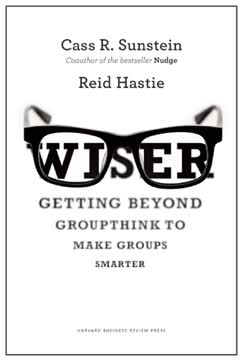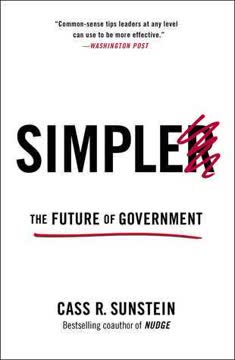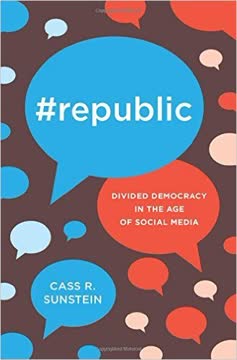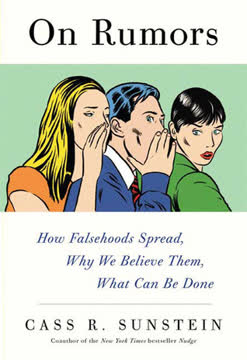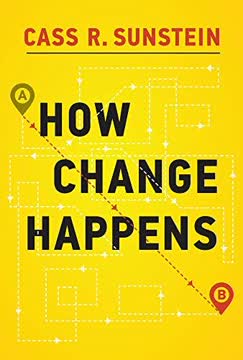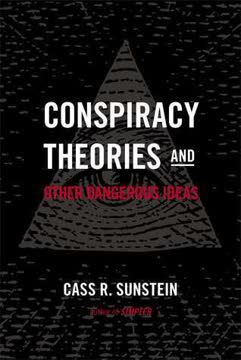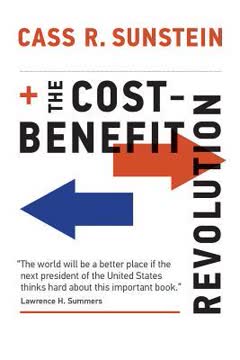Key Takeaways
1. Groups Often Amplify Individual Errors.
Far too often, groups actually amplify those mistakes.
Individual biases persist. Behavioral science shows individuals make systematic errors using fast, intuitive thinking (System 1). These include availability (salient events seem more likely), representativeness (judging by resemblance), framing (decisions change based on presentation), egocentric bias (assuming others think like you), unrealistic optimism, overconfidence, planning fallacy, sunk cost fallacy, and hindsight bias.
Group dynamics worsen errors. Instead of correcting individual biases, group deliberation frequently amplifies them. This happens because informational signals (seeing others make the same error) and social pressures (not wanting to disagree) reinforce the initial mistakes.
- Groups escalate commitment to failing courses of action more than individuals.
- Groups show more unrealistic overconfidence.
- Groups are more vulnerable to framing effects and the sunk-cost fallacy.
Garbage in, much garbage out. When individuals are prone to specific errors, group discussion often leads to a worse outcome than if individuals had decided alone. While some biases (like egocentric bias) might be slightly reduced by diverse views, the overall tendency is for group deliberation to propagate and intensify individual blunders, leading to confident but incorrect collective decisions.
2. Cascades Silence Dissent and Hide Information.
A cascade occurs when people influence one another, so much so that participants ignore their private knowledge and rely instead on the publicly stated judgments of others.
Following the leader. Cascades happen when early speakers or actors strongly influence those who follow, causing later members to disregard their own private information. This prevents the group from accessing valuable dispersed knowledge.
- Informational Cascades: People silence themselves because they infer from others' statements/actions that their own information must be wrong or less valuable.
- Reputational Cascades: People silence themselves to avoid social disapproval, appearing ignorant, or challenging authority, even if they believe the group is wrong.
Real-world examples abound. From the Bay of Pigs fiasco, where advisors with doubts remained silent, to mock jury deliberations where early votes swayed later jurors against their private ballots, cascades prevent crucial information from surfacing. Experiments show that even artificial initial "up-votes" can significantly influence outcomes, demonstrating how easily groups can be swayed by early signals, regardless of underlying merit.
Anxiety can break cascades. Leaders and members who are anxious about potential failures and willing to ask tough, skeptical questions can shatter cascades by forcing people to reconsider assumptions and reveal hidden information. Without such intervention, groups risk making disastrous decisions based on insufficient or misleading information, simply because no one was willing to challenge the emerging consensus.
3. Group Polarization Drives Members to Extremes.
By contrast, people from Colorado Springs became a lot more conservative.
Moving to the poles. Group polarization is the tendency for a deliberating group to end up adopting a more extreme version of the position toward which its members initially leaned. This occurs even when the initial inclination is only slight.
- If members initially favor risk, the group becomes more risk-seeking (risky shift).
- If members initially favor caution, the group becomes more cautious (cautious shift).
Why groups polarize. Three main factors contribute to polarization:
- Informational Influence: Arguments within the group are skewed towards the initial predisposition, providing more reasons to support that view.
- Social Influence: Members adjust their positions to align with the perceived group norm or dominant view to gain approval or avoid disapproval.
- Confidence & Corroboration: Agreement from others increases individual confidence, and increased confidence often leads to more extreme beliefs.
Like-minded groups diverge. Polarization is heightened in groups with a strong sense of shared identity or among like-minded people. Deliberation within such groups increases internal consensus but also widens the gap between different groups (e.g., liberals and conservatives becoming more extreme and divided after discussing issues among themselves). This can lead to confident, unified, but highly extreme and potentially inaccurate collective judgments.
4. Shared Knowledge Drowns Out Unique Insights (Hidden Profiles).
Unfortunately, countless studies demonstrate that this regrettable result is highly likely.
The common-knowledge effect. Groups tend to focus disproportionately on information that is already known by all or most members, while neglecting critical information held by only one or a few individuals. This leads to "hidden profiles"—accurate understandings or optimal solutions that the group could reach if all information were shared, but fails to.
Why unique info stays hidden.
- Statistical Likelihood: Shared information is simply more likely to be mentioned and repeated during discussion.
- Social Pressure: Members, especially those with lower status or less confidence, are reluctant to emphasize information that contradicts the apparent consensus or is unknown to others, fearing disapproval or seeming foolish.
- Cognitive Centrality: Members who hold widely shared information tend to participate more and have greater influence, while those with unique, "cognitively peripheral" information are often undervalued and speak less.
Bad decisions result. Studies, including those on hiring decisions and political simulations, show that groups often make suboptimal choices because they fail to elicit and properly weigh unshared information. Even when the unshared information, if pooled, would point clearly to a better outcome, the group's decision is heavily swayed by the less complete, shared information. This is a major reason why group deliberation often fails to improve upon, or even worsens, individual judgments.
5. Anxious, Inquisitive Leaders Foster Better Decisions.
Anxious people like DeParle and Zients are indispensable in business and government, because they cut through, and overcome, the risk of groupthink.
Beyond happy talk. Complacent leaders prefer upbeat projections and employees who don't rock the boat, encouraging "happy talk" that hides problems. Anxious leaders, however, are focused on potential disasters and actively seek out dissenting views and bad news, understanding that this information is crucial for avoiding failure.
Inquisitiveness is key. Leaders who are genuinely curious and ask probing questions force people to reveal information they might otherwise withhold due to informational or social pressures. By signaling that they value truth over comfort, they create a culture where dissent is seen as helpful, not difficult.
- Nancy-Ann DeParle's persistent questions forced reconsideration.
- Jeff Zients combined likability with productive anxiety, demanding accountability.
Self-silencing leaders empower others. Leaders can counteract the tendency for high-status members to dominate discussions by speaking last or tentatively, creating space for others to share unique information. This simple tactic encourages lower-status members to speak up and ensures that the group benefits from the full range of knowledge held by its members, preventing hidden profiles and breaking cascades.
6. Simple Tactics Improve Deliberation (Priming, Roles, Perspective).
Good team players think critically, and they do not always get along.
Cultivating critical thinking. Social norms significantly impact whether people self-silence. If a group values consensus above all, dissent is suppressed. However, if a group is "primed" to value critical thinking and the rigorous pursuit of the right answer, members are more likely to disclose what they know, even if it challenges the majority view. This reduces hidden profiles and improves decision quality.
Assigning roles ensures coverage. Explicitly assigning different roles or tasks to group members (e.g., lawyer, statistician, public relations expert) ensures that diverse perspectives and specialized knowledge are brought to bear on the problem. When members know that others have unique, relevant information, they are more likely to listen and integrate that knowledge. This "division of labor" counteracts the common-knowledge effect and helps the group access dispersed information.
Changing perspective breaks inertia. When a group is stuck or heading down a bad path, asking hypothetical questions like "If new leadership took over, what would they do?" can provide critical distance and shock members out of habitual thinking. This simple perspective change, like Intel's decision to exit the memory chip market, can reveal solutions previously obscured by commitment to the status quo or group biases.
7. Structured Methods Enhance Group Performance (Delphi, Red Teams).
Unlike a genuine dissenter, the devil’s advocate has little to gain by zealously challenging the dominant view—and as a result such advocates often fail to vigorously challenge the consensus.
Formalizing dissent. While simply appointing a "devil's advocate" is often ineffective because it's an artificial role, more structured methods can successfully introduce critical perspectives. Red teaming, for instance, involves creating a dedicated team whose task is to challenge or defeat the primary plan, either through simulation or rigorous critique. This method, used in military and business contexts, is more effective than a single devil's advocate because it involves multiple people genuinely trying to find flaws.
The Delphi method aggregates anonymously. This structured technique involves multiple rounds of anonymous individual judgments, interspersed with feedback (often statistical summaries) from the group. Anonymity reduces social pressure and self-silencing, allowing individuals to state their true beliefs. The iterative process allows for learning and convergence, often leading to more accurate collective estimates than simple deliberation, especially when reasons for judgments are shared.
Combining anonymity and discussion. Variations of the Delphi method, such as initial anonymous estimates followed by discussion and then final anonymous estimates, have proven effective in reducing errors. These methods leverage the benefits of independent judgment while allowing for some degree of information exchange, demonstrating that structured processes can overcome the limitations of unstructured deliberation and harness the dispersed knowledge within a group.
8. Statistical Crowds Can Be Wise, If Independent.
The central point is that groups will do better than individuals, and big groups better than little ones, so long as two conditions are met: majority rule is used and each group member is more likely than not to be correct.
The power of averaging. The Condorcet Jury Theorem and the Law of Large Numbers explain why the average or majority judgment of a group can be surprisingly accurate. If individual judgments are independent and each person is more likely to be right than wrong (even slightly), the collective judgment improves with group size. Errors tend to cancel each other out when aggregated.
Diversity enhances accuracy. The value of statistical averaging is amplified when the group is diverse, meaning individuals have different information, perspectives, or approaches. Diverse estimates are more likely to "bracket" the truth, ensuring that the average is closer to the true value than most individual estimates. Triangulation from different sources provides a more robust result.
The dark side of the crowd. However, the wisdom of crowds relies on crucial assumptions: independence and individual accuracy (better than chance). If individuals are systematically biased (e.g., due to prejudice, ignorance, or shared misinformation), the average or majority will also be systematically wrong, and this error is amplified with group size. Deliberation often undermines the independence required for statistical wisdom, leading to cascades and polarization instead of accurate aggregation.
9. Average Experts Outperform Single Experts.
organizations often call on the best expert they can find to make important forecasts. They should avoid this practice, and instead combine forecasts from a number of experts.
Experts are often poor forecasters. While some domains (like weather forecasting or certain medical diagnoses) have verified expertise based on scientific theory, rapid feedback, or extensive case libraries, many so-called experts (political pundits, stock pickers) have surprisingly poor predictive track records. Popularity or confidence often correlates negatively with accuracy.
Don't chase the expert. A common mistake is trying to identify and rely on the single "best" expert. Studies show that even when experts exist, a statistical average of forecasts from multiple experts consistently outperforms the predictions of any single expert, including the one deemed "best" based on past performance. This is because combining multiple perspectives reduces the impact of individual blind spots or biases.
Combine forecasts wisely. For important predictions, organizations should gather forecasts from several experts and combine them, rather than relying on one. While simple averaging is effective, weighting experts based on their objective track record of accuracy on similar past forecasts can further improve the collective prediction. Subjective assessments of confidence or perceived expertise are not reliable weighting factors.
10. Markets & Tournaments Aggregate Dispersed Knowledge.
In these crucial ways, the problems that afflict deliberating groups are largely eliminated in prediction markets.
Hayek's insight applied. Prediction markets leverage the power of market prices to aggregate dispersed information, much like Hayek argued the price system does for goods and services. Participants "bet" on outcomes (e.g., product sales, election results), and the market price reflects the collective belief about the probability of that outcome.
- Incentives are aligned: Traders profit from accurate information, encouraging them to use and seek it.
- Anonymity reduces social pressure: Traders are less afraid to bet against the popular view or company line.
Remarkable accuracy. Prediction markets like the Iowa Electronic Markets and internal company markets (e.g., Google, Best Buy) have demonstrated impressive accuracy in forecasting diverse events, often outperforming polls and expert panels. Prices tend to function as reliable probabilities. While markets can be subject to biases or bubbles, the incentives for marginal traders to exploit mispricings often lead to self-correction.
Tournaments spur innovation. Innovation tournaments, like the Netflix Prize or government challenges, offer prizes for the best solution to a problem. They are effective because they:
- Promote independence: Competitors work separately, avoiding cascades and polarization.
- Incentivize divergence: Competitors are motivated to find unique, winning solutions.
- Leverage global talent: They can tap into a vast pool of potential solvers.
Well-defined rules and clear criteria are crucial for effective tournaments, which can yield novel solutions far exceeding in-house R&D efforts.
11. Separate Identification & Selection for Innovation.
For almost any problem-solving system, it is better to separate selection, with its emphasis on critical evaluations, from identification, which is best served by an uncritical, open-minded attitude.
Two distinct stages. Effective problem-solving and innovation involve two fundamentally different stages:
- Identification: Generating or finding a wide range of potential solutions. This stage requires divergent, creative, open-minded thinking.
- Selection: Critically evaluating the identified solutions to choose the best one. This stage requires convergent, analytic, skeptical thinking.
Different conditions apply. The conditions that optimize each stage are often antithetical. The critical evaluation needed for selection can stifle the creativity needed for identification. Therefore, it is best to separate these stages in the group process.
- Identification benefits from variety, independence, diversity, and minimizing early criticism (e.g., brainstorming, broad search, anonymous contributions).
- Selection benefits from clear criteria, rigorous evaluation, and decisive methods for combining judgments (e.g., structured review, voting, data analysis like cost-benefit analysis).
Avoiding conceptual traps. Mixing these stages or applying selection-stage thinking too early (e.g., criticizing ideas during brainstorming) hinders the process. Effective methods, like those used by innovation firms or tools like AllOurIdeas.org, consciously structure the process to allow for broad idea generation before applying critical filters. This two-stage approach helps overcome biases like myopia and confirmation bias by ensuring a wider range of possibilities is considered before narrowing down to a final choice.
Last updated:
Review Summary
Wiser explores group decision-making, examining why groups often fail to correct individual errors and how they can improve. Reviewers found the book insightful but sometimes dry, praising its analysis of group dynamics and practical strategies for enhancing collective wisdom. Many appreciated the book's relevance to organizational settings and its exploration of biases in group thinking. Some felt the second half was less engaging, while others found value in the entire work. Overall, readers considered it a worthwhile read for understanding and improving group performance.
Similar Books




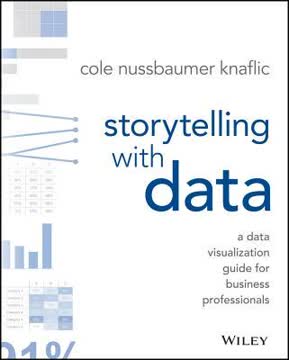
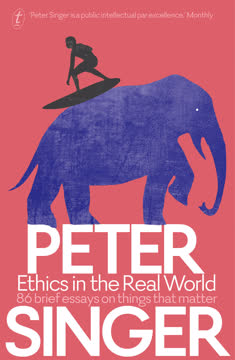
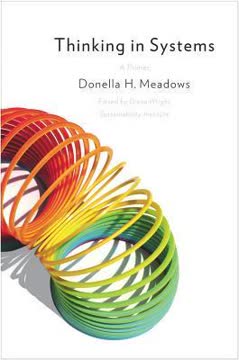
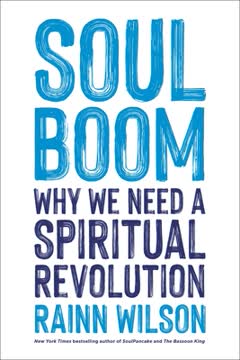
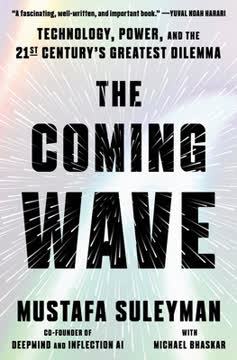
Download PDF
Download EPUB
.epub digital book format is ideal for reading ebooks on phones, tablets, and e-readers.
